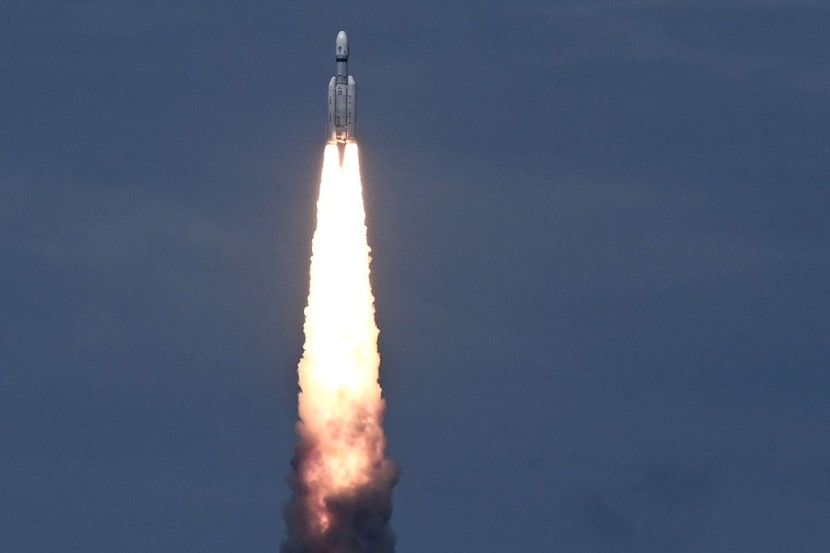
India's Chandrayaan-3 spacecraft is heading toward the lunar surface, capturing stunning images ahead of the historic moon landing.
On Tuesday, the Indian Space Research Organization (ISRO) confirmed that the spacecraft was on schedule and that its "smooth sailing" continues. Chandrayaan-3 is set to start its final descent onto the lunar surface by 5:45 p.m. IST on Wednesday.
India's Lunar Landing Mission
If the mission is successful, it will mark India's first soft landing on the moon's surface using a spacecraft of its own. It would also make the South Asian country the fourth nation to achieve such an accomplishment. The first three were the United States, China, and the former Soviet Union.
India's space agency will also be livestreaming the lunar surface landing attempt, starting at around 5:20 p.m. IST on Wednesday. On Tuesday, the ISRO marked the eve of the spacecraft's landing by sharing various photographs and video footage that Chandrayaan-3 captured using cameras equipped on it, as per CNN.
Chandrayaan-3 Mission:
— ISRO (@isro) August 21, 2023
Here are the images of
Lunar far side area
captured by the
Lander Hazard Detection and Avoidance Camera (LHDAC).
This camera that assists in locating a safe landing area -- without boulders or deep trenches -- during the descent is developed by ISRO… pic.twitter.com/rwWhrNFhHB
One bird's-eye view of the moon was captured from roughly 70 kilometers above the lunar surface and highlighted features such as the Mare Marginis, which is a large black spot that was formed by ancient asteroid strikes on the extreme edge of the near side of the moon.
The Chandrayaan-3 spacecraft can orient its own positioning by matching the images captured by its cameras to a lunar map programmed into its onboard computer.
The name of the Indian spacecraft means "moon vehicle" in Sanskrit, and it was launched from the Satish Dhawan Space Center at Sriharikota, located in India's southern Andhra Pradesh state, on July 14.
India's last attempt to land a spacecraft on the moon involved Chandrayaan-2 and ended in failure as it crashed. Furthermore, Chandrayaan-3's lunar landing attempt is made even more controversial following the failure of Russia's Luna-25 mission which was supposed to go to the same area as India's spacecraft, according to the New York Times.
Importance of the Crucial Mission
Chandrayaan-3's lunar landing attempt was scheduled for Aug. 23 because it is the day when our solar system's sun will rise at the landing site. Additionally, the Indian mission is set to conclude after two weeks when the sun sets.
The solar-powered spacecraft and its lander will use the plethora of instruments they possess to make thermal, seismic, and mineralogical measurements. In a statement after Chandrayaan-3's launch, Indian Prime Minister Narendra Modi expressed his gratitude to the country's scientists for its rich history in the space sector.
The mission to the moon's south pole is crucial as scientists believe the region contains frozen water. This could allow astronauts to build a base and stay there for extended periods.
This resource could generate fuel, oxygen, and drinking water for astronauts. It could also provide valuable insight into the moon's volcanoes and the origins of the oceans on our planet, said Sky News.
Related Article : Russian Luna-25 Spacecraft Reportedly Crashes Onto Moon Surface








